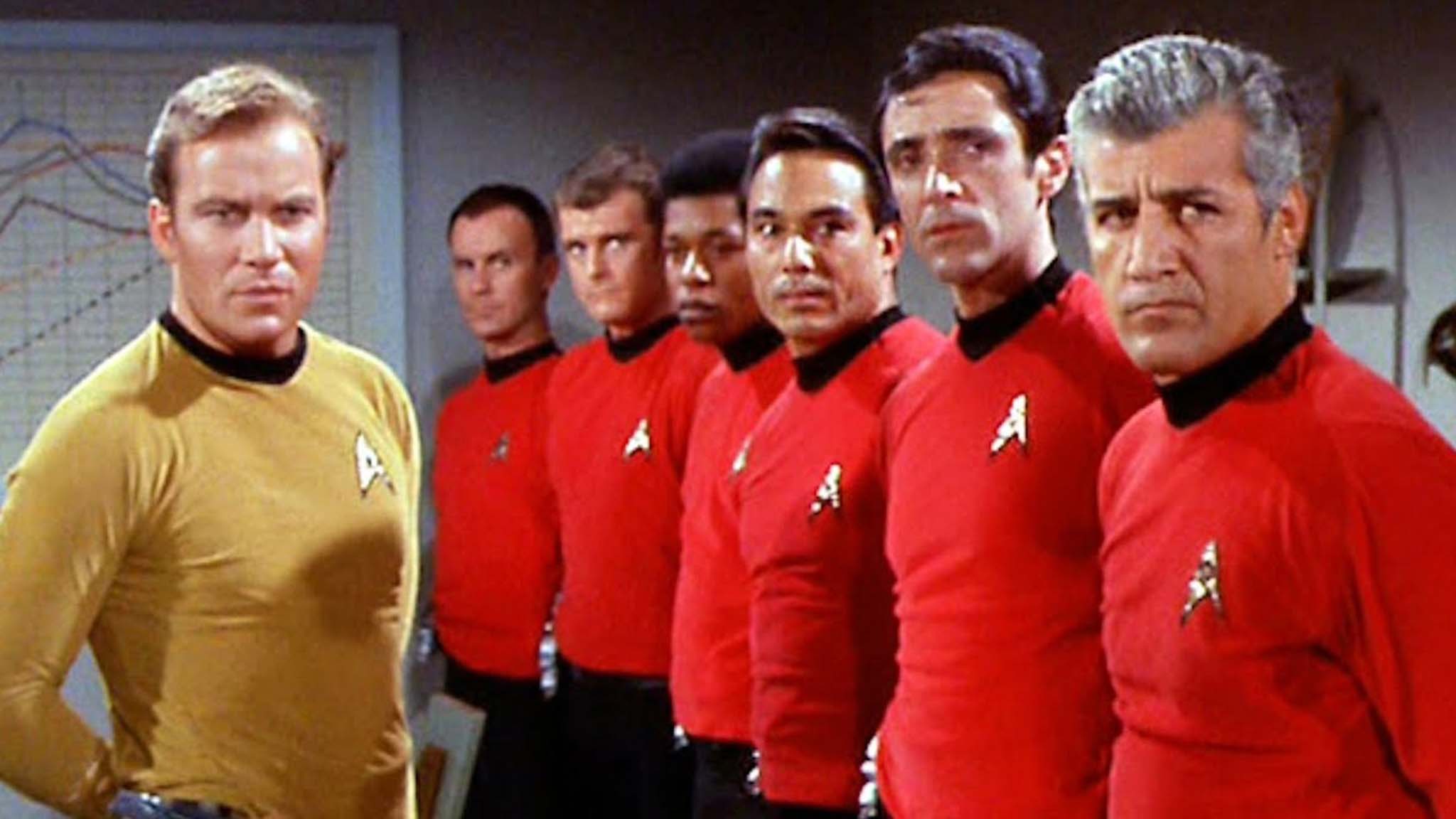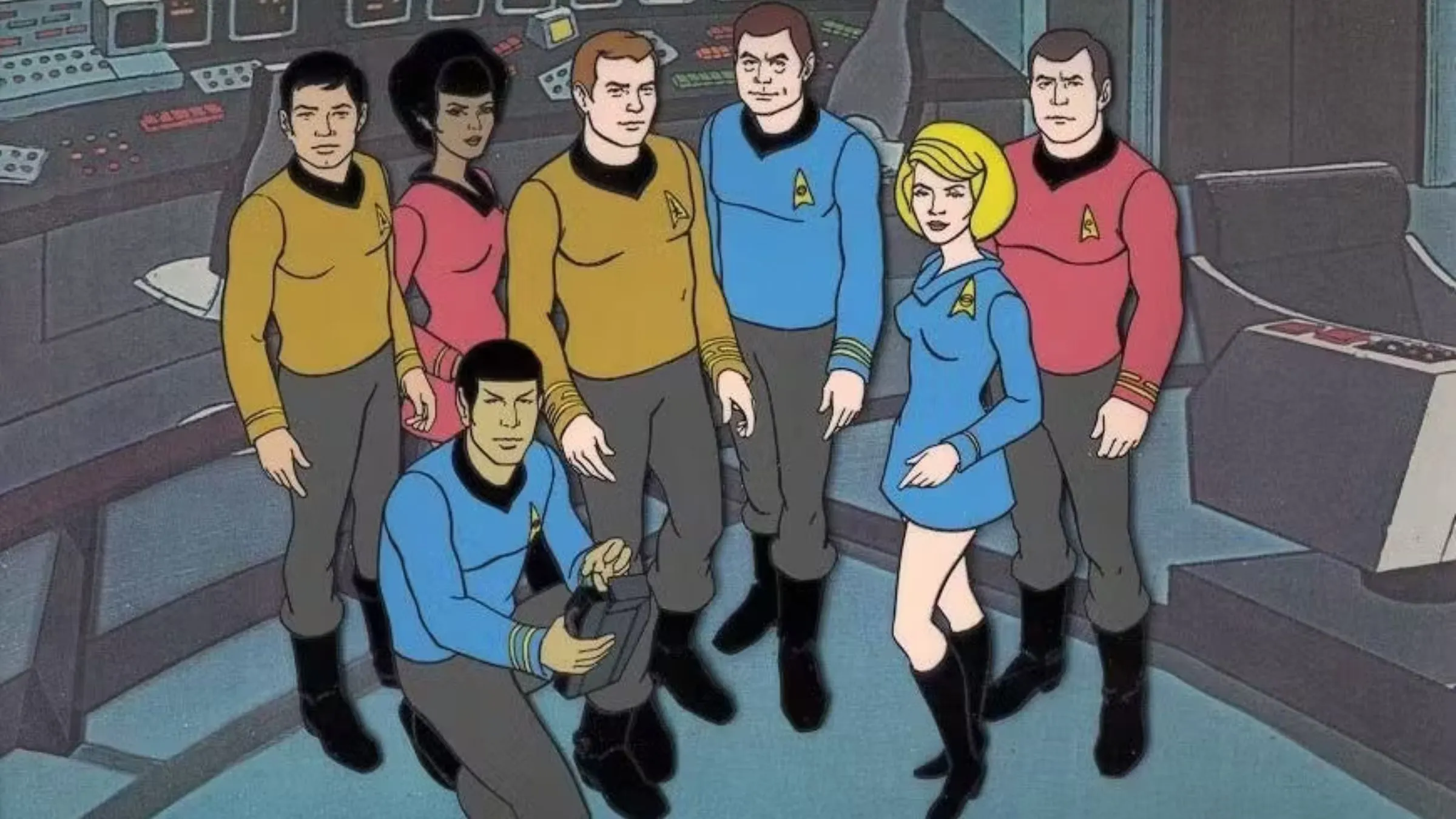
The world of space exploration has always inspired legends, and Star Trek is no different. Over the past 60 years, some incorrect details have become widely accepted as truth within the show’s fanbase and beyond. You might even believe or have defended one of these “facts” without realizing they don’t actually align with what creator Gene Roddenberry originally envisioned.
Even dedicated fans sometimes believe things that aren’t actually true about their favorite stories. The world of Star Trek is full of these misunderstandings, and they’ve become almost legendary. We’ve looked through all the shows, movies, and online discussions to find the five biggest errors. Keep reading to check your knowledge and make sure your Star Trek beliefs are accurate!
5) The Federation Doesn’t Use Money

The idea that money isn’t used in Star Trek has been a big debate among fans for years. Many believe the United Federation of Planets has created a perfect society where money is unnecessary, and Captain Picard even suggests humanity has moved past needing to collect wealth. While this is a nice thought and a worthy goal, it’s hard to ignore the many instances where people are clearly buying and selling things – like that famous quiche – throughout the series.
Think back to the gold-pressed latinum from Quark’s Bar on Deep Space Nine, or the ration system on Voyager. No matter the form, money is still money. Star Trek consistently demonstrates that trade and economic activity thrive throughout the galaxy. Even within the Federation, we see evidence of economic exchange – things like transporter fees, salaries for non-Starfleet personnel, and independent merchants trading with Starfleet officers. While Starfleet might not use traditional cash, it’s clear the galaxy isn’t powered by kindness alone – just ask a Ferengi or a swindler like Harry Mudd.
4) Red Shirts Always Die

For decades, “Never wear red on an away mission” has been a running joke among fans of Star Trek. The show famously featured many anonymous crew members in red shirts who quickly met unfortunate ends – vaporized, stabbed, or thrown around alien worlds. This led to the ‘redshirt trope’ becoming a quick way to signal that a character was likely to die, even making its way into shows like Family Guy. However, surprisingly, crew members wearing red shirts weren’t actually more likely to die than anyone else on the mission.
Looking at the numbers, slightly more crew members in red uniforms died than those in gold or blue, but the difference wasn’t as large as many viewers believe. It seemed like red uniforms meant certain death because the red-shirted crew usually handled security and were the ones most often sent on dangerous missions. The command staff (gold) and science/medical teams (blue) usually included the main characters, who were protected by the story. While being a ‘redshirt’ was definitely risky, the idea that it guaranteed death is a myth.
3) The First Interracial Kiss

As a lifelong movie and TV fan, I always remember the buzz around that Star Trek episode, “Plato’s Stepchildren.” Everyone talks about Captain Kirk and Uhura sharing what’s considered the first interracial kiss on TV – I even wrote that myself once! It really felt like a huge moment, totally breaking new ground for a scripted drama. But honestly? It turns out it wasn’t actually the very first time an interracial kiss appeared on American television. It’s a little-known fact, but it’s true!
While many remember Captain Kirk and Lieutenant Uhura’s kiss on Star Trek as a groundbreaking moment, the first televised kiss between a white actor and a Black actor actually happened earlier. That honor goes to a 1967 TV special called Movin’ with Nancy, where Nancy Sinatra kissed Sammy Davis Jr. However, this kiss was just a friendly peck on the cheek. The Star Trek kiss was different – it was the first time a scripted kiss between a white actor and a Black actor was written into a television program. Though not the very first, the Star Trek kiss was more significant and even worried some television executives in the South.
2) The Next Generation Was the First Sequel Series

Many people think of Star Trek: The Next Generation, which began in 1987, as the first real continuation of the original series. It definitely started a new chapter for Star Trek, and a lot of fans watched The Original Series and then jumped right to TNG. However, before Captain Picard commanded the Enterprise-D, there was Star Trek: The Animated Series (1973–1974). This series, created by Filmation, followed the continuing adventures of Captain Kirk, Spock, and the original crew, featuring new stories written to the same high standard as the live-action show, and even used the same voice actors.
Some fans don’t see The Animated Series as a sequel, believing it’s more like two extra seasons of the original Star Trek made with animation. However, by definition, it is a sequel. Interestingly, a live-action sequel series, Phase II, was actually planned before The Animated Series. Paramount intended it to launch their new television service, but it eventually became Star Trek: The Motion Picture instead. While many fans consider The Next Generation the true sequel, The Animated Series was technically the first continuation of the original series.
1) “Beam Me Up, Scotty”
While “Live long and prosper” is arguably the most iconic line from Star Trek, the famous phrase “Beam me up, Scotty” is surprisingly never actually said in the original series or any of the movies. Captain Kirk often asks to be beamed up, and includes variations like “Scotty, beam us up” or “Beam me up,” but the exact wording “Beam me up, Scotty” doesn’t appear at any point.
As a lifelong Star Trek fan, it always amazed me how much everyone believed Captain Kirk actually said, “Beam me up, Scotty!” It was everywhere – even James Doohan, the actor who played Scotty, leaned into it! He titled his autobiography Beam Me Up, Scotty, and the phrase even showed up in his obituary. It’s funny because for years, fans wished Kirk would finally say the line. And eventually, he did! William Shatner actually delivered the full line in the audio version of his Star Trek: The Ashes of Eden novel. So, while it never happened on screen, “Beam me up, Scotty” kind of became reality thanks to the power of the fans.
Were you fooled by any of these Star Trek rumors? Share your thoughts in the comments and join the discussion on the ComicBook Forum!
Read More
- The Most Jaw-Dropping Pop Culture Moments of 2025 Revealed
- Ashes of Creation Rogue Guide for Beginners
- ARC Raiders – All NEW Quest Locations & How to Complete Them in Cold Snap
- Best Controller Settings for ARC Raiders
- Where Winds Meet: How To Defeat Shadow Puppeteer (Boss Guide)
- Ashes of Creation Mage Guide for Beginners
- Where Winds Meet: Best Weapon Combinations
- My Hero Academia Reveals Aftermath Of Final Battle & Deku’s New Look
- Hazbin Hotel season 3 release date speculation and latest news
- Bitcoin’s Wild Ride: Yen’s Surprise Twist 🌪️💰
2025-11-03 21:16